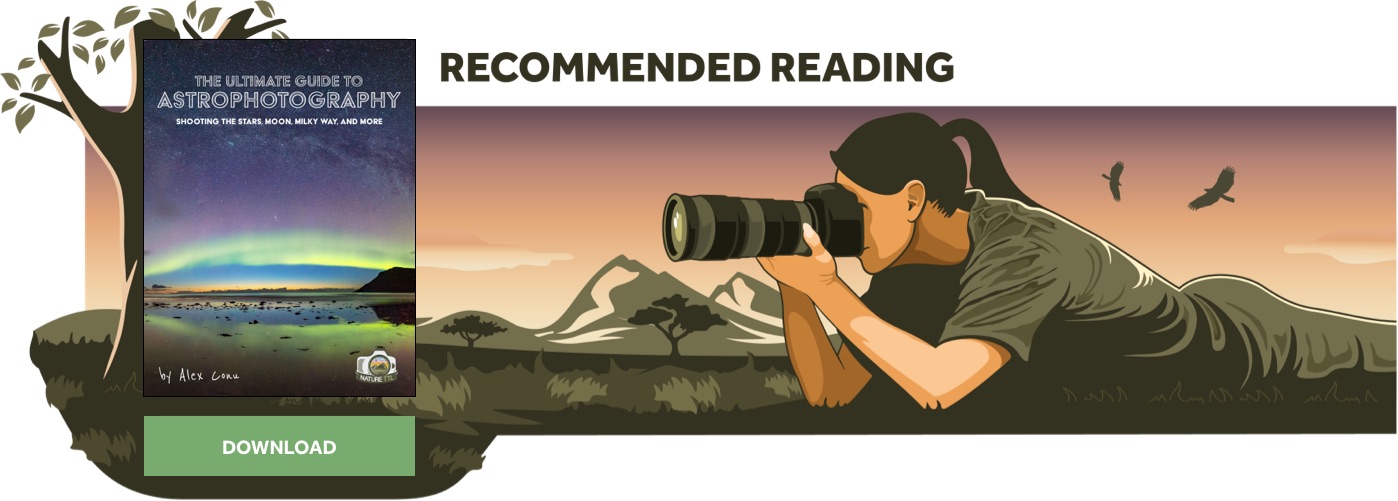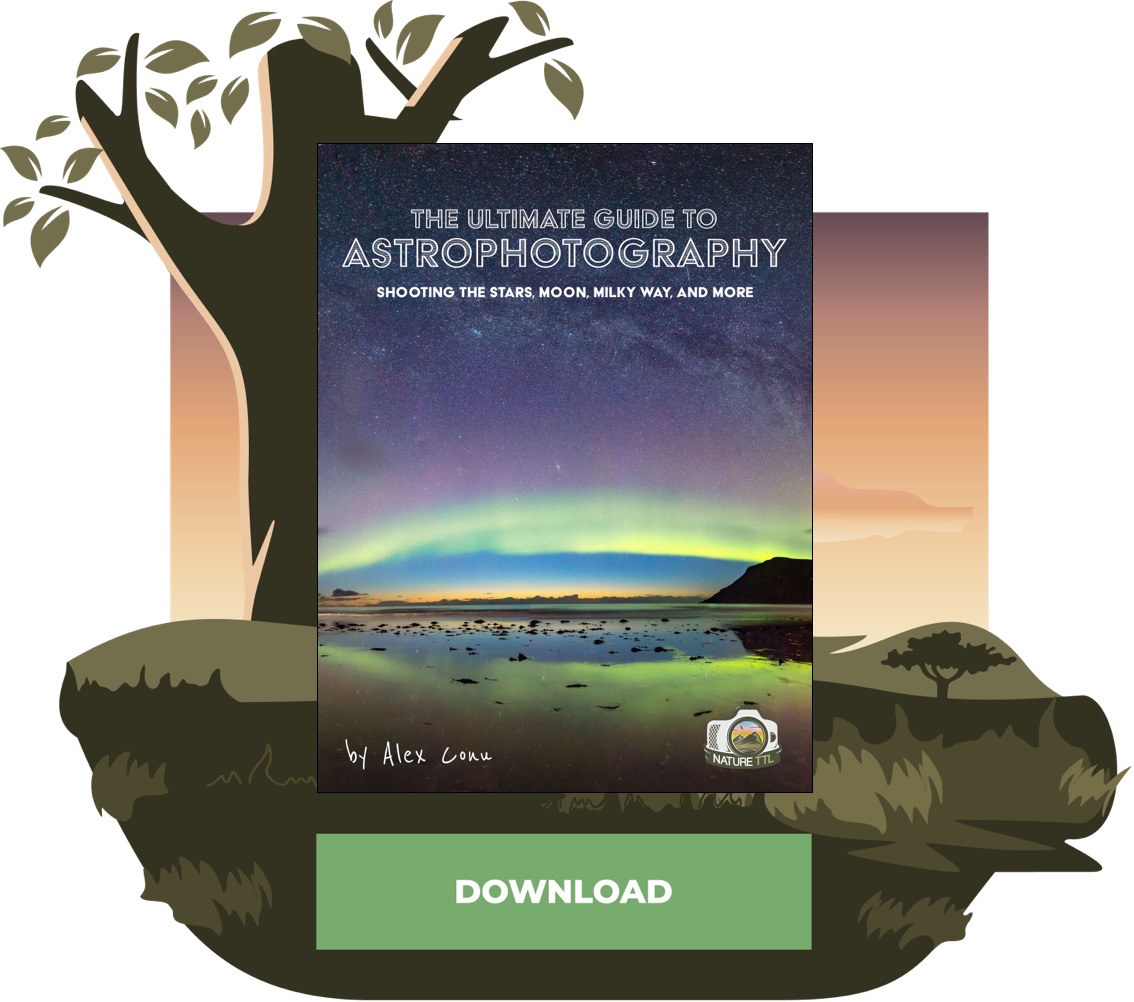Astrophotography on a Budget: Shooting the Night Sky

Rocket ship? Check. Space suit? Check. Hubble telescope? Check. Oh to have the budget of NASA – wouldn’t that be awesome? Well, let’s be real, none of us have that kind of money! So, is it possible, yet even reasonable, to think that you can take amazing photographs of our night sky and all those cool celestial objects in it, without killing the bank account?
The good news is… YES! Yes, it is possible; there are so many photographers out there capturing fantastic night sky images without having to sell their souls!


I have been photographing the night sky for about ten years now. Throughout that time I have collected an assortment of fancy, expensive gear – but it didn’t begin that way. In this article, I’ll do my best to give you all advice on how to start capturing astrophotography images (including deep space objects), on a budget.
Astrophotography basics & equipment
So in order to get going into the world of astrophotography, you’re going to need a few tools to get started. A camera, a wide-angle lens, intervalometer, and a tripod are all you really need for a good foundation.
Now, don’t just go and sign up for a new credit card and try to buy the most expensive gear out there (remember, this article is about doing astrophotography on a budget). I say this for a few reasons. First, no matter how hard you try, the camera is not going to make the image.
I find the following analogy a good reference: I can’t cook. So if I were to go out there and purchase a $10,000 oven, I’m still going to burn the place down trying to cook a meal. I need to learn how to cook first. My point here is that you need to first learn the basics of astrophotography first, decide if you enjoy it, and then you can upgrade or add to your equipment.
Affordable astrophotography cameras
Yes, there’s no way around it, you will need to invest in a digital camera. And yes, I’m going to be upfront with you that some digital cameras perform much better than others when it comes to shooting the night sky.
My recommendation is that if you are purchasing your first digital camera, and you want to shoot the night sky, don’t necessarily go for the cheapest option your brand of interest has – but don’t go for the slam dunk either.
A good, mid-range digital camera is a great starting point. If you are unsure which camera that may be for you, it can’t hurt to reach out to your local camera shop and pick their brains on which camera is for you.
There is a big difference between a full frame camera and crop sensor in regards to high ISO capabilities and quality. So, if the budget allows, I’d recommend a full frame sensor.
Read more: The Best Equipment for Star Photography
Choosing a lens
For starters, I’d recommend a wide-angle lens with a low aperture (/f2.8-f/4). The lower the aperture, the wider the lens. But this also means the pricier the gear, so keep that in mind.
Now you don’t have to run out and buy a lens by the same brand as your camera body. These lenses are typically more expensive, so check out brands like Sigma, Rokinon (Samyang in the UK), and Tokina. These lenses run much cheaper and have great quality to them.
Also, if you sticking strictly to astrophotography or landscape photography, you can purchase a manual focus only lens to help keep the budget down.
An intervalometer and tripod
These two pieces of gear can be purchased quite cheaply on sites like Amazon. For your tripod, you want to make sure you have something that is sturdy (it is indeed supporting your expensive camera) so you can get the most stable images possible.
Your intervalometer (which will be used to trigger your shutter and also create star trails) doesn’t need to be anything special. I often purchase a few of them for less than $20 to have with me as they do tend to break over time.
Used gear
Astrophotography may be a new interest to you, but it doesn’t mean all your gear has to be new as well. There are a handful of ways to purchase great, used gear, for astrophotography.
Local camera and pawn shops can have some gems of lenses (especially older, manual focus lenses). B&H Photo and KEH.com both are very respected for the used gear they sell, and of course you can try good ole’ Craigslist, Ebay, and Facebook Marketplace which can provide excellent opportunities for deals on gear. When purchasing gear, do your best to test it out prior to sealing the deal, just to make sure you are getting what you paid for.
For those in Europe, you can try WEX and MPB for used gear with a good reputation to back them.
More advanced kit for astro photos
As you grow and get a better understanding of astrophotography, you’ll find yourself discovering more and more gear that may allow for better imagery.
1. Star tracker
Do yourself a favour and don’t google what this is until you are done reading – you might panic and immediately think that I was lying about the budget portion of this article!
As you pursue photographing deep space objects, you’ll eventually want to get your hands on a star tracker and even maybe a telescope to attach your camera to. These pieces of gear will allow you to shoot into the night sky even further, and with even more detail – but they come with a learning curve and a price tag.
I actually just purchased my fi.0rst star tracker, and I am still learning to use it. But I do see the upside to owning one.
These pieces of equipment can range from a couple of hundred of dollars into the thousands of dollars. Before taking the dive, I’d recommend getting involved with a local astrophotography or astronomy club and asking if anyone uses one (most likely, there will be someone). Try to learn and understand what you’re getting into and, if you still feel passionate about it, then go for it! I recommend the Sky-Watcher Star Adventurer 2. It’s quite compact, easy to set up, and is quite user friendly.
2. Filters
Just like with landscape photography, there are various filters that you can utilise for astrophotography that will help you create a clearer, more colourful image. Narrowband filters, light pollution filters, hydrogen-alpha filters… the list goes on-and-on.
For filters, I’d recommend purchasing one at a time. First, master that filter and understand its use – then as your budget allows, purchase the next if you see fit.
Read more about filters: The Ultimate Guide to Astrophotography
Software
After spending the night under the stars, you’re going to walk away with some great images. But now you need a way to process them. Some of the programs that you may find yourself needing are going to be Lightroom or Photoshop, Starry Landscape Stacker, and PixInSight.
Now I listed those programs in that specific order because, as you get into more advanced astrophotography, you’ll need various programs to put the images together. The good thing about these programs is that they all come with a trial period, so that helps ease the cost a bit as you get into astro.
Final tips
No matter how you look at it, getting into astrophotography is going to be an investment. But it doesn’t have to be one that breaks the bank. I’d like to leave you with a few last tips to keep in mind as you venture into this subject matter.
First, you do not need to purchase everything at once. Ease your way into this and buy only what you need to get started. Then, over time, upgrade or add onto your equipment. Second, there are a ton of free courses from amazing astrophotographers out there on YouTube, so utilise that channel to learn for free. You can also get Nature TTL’s own guide to astrophotography which is packed full of information.
And finally, don’t stress about finding that perfect hotel near where you want to go shoot the night sky at. Instead, bring a tent and sleeping bag if the location allows and put that extra cash towards gear down the road!












